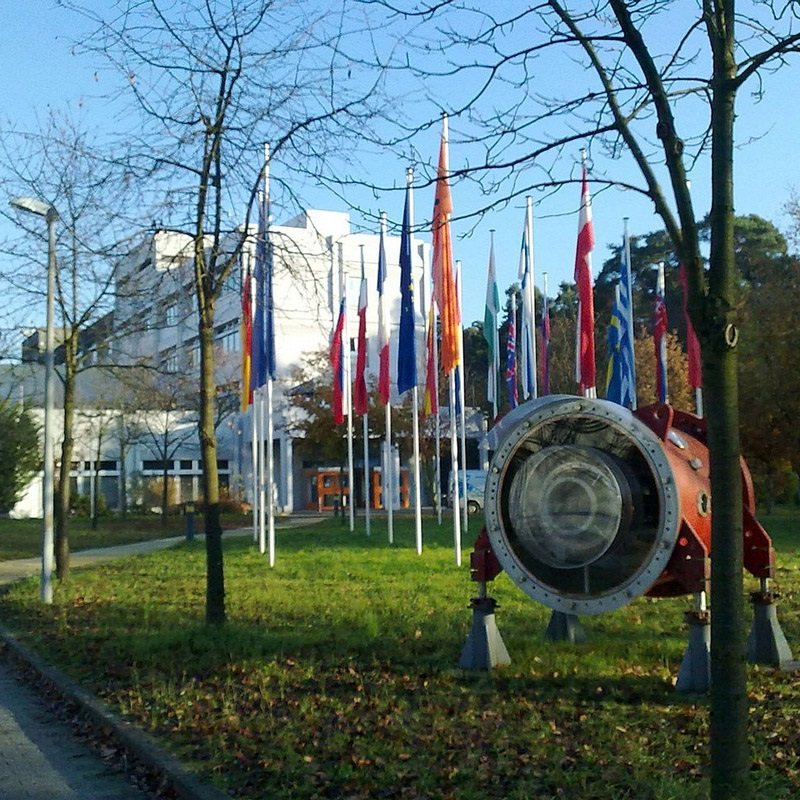Kopernik
112
Cn
Grupa
12
Okres
7
Blok
d
Protony
Elektrony
Neutrony
112
112
173
Ogólne właściwości
Liczba atomowa
112
Masa atomowa
[285]
Liczba masowa
285
Kategoria
Metale przejściowe
Kolor
Nie dotyczy
Radioaktywny
Tak
Named after the astronomer Nicolaus Copernicus
Układ krystalograficzny
Nie dotyczy
Historia
Copernicium was first created on February 9, 1996, at the Institute for Heavy Ion Research (Gesellschaft für Schwerionenforschung) in Darmstadt, Germany, by Sigurd Hofmann, Victor Ninov et al.
This element was created by firing accelerated zinc-70 nuclei at a target made of lead-208 nuclei in a heavy ion accelerator.
A single atom of copernicium was produced with a mass number of 277.
This element was created by firing accelerated zinc-70 nuclei at a target made of lead-208 nuclei in a heavy ion accelerator.
A single atom of copernicium was produced with a mass number of 277.
Elektrony na poszczególnych powłokach
2, 8, 18, 32, 32, 18, 2
Konfiguracja elektronowa
[Rn] 5f14 6d10 7s2
Copernicium has no stable or naturally-occurring isotopes
Właściwości fizyczne
Stan skupienia
Ciecze
Gęstość
- g/cm3
Temperatura topnienia
-
Temperatura wrzenia
-
Ciepło topnienia
Nie dotyczy kJ/mol
Ciepło parowania
Nie dotyczy kJ/mol
Ciepło właściwe
- J/g·K
Ilość w skorupie Ziemi
Nie dotyczy
Ilość we Wszechświecie
Nie dotyczy

Opis Obrazu: Wikimedia Commons (Commander-pirx)
Pierwiastek został odkryty w Instytucie Badań Ciężkich Jonów w Darmstadt, Niemcy
Numer CAS
54084-26-3
Numer CID PubChem
Nie dotyczy
Właściwości atomowe
Promień atomowy
-
Promień walencyjny
122 pm
Elektroujemność
-
Energia jonizacji
-
Objętość molowa
-
Przewodność cieplna
-
Stopnie utlenienia
2, 4
Zastosowania
Copernicium is used for scientific research purposes only.
Copernicium is harmful due to its radioactivity
Izotopy
Stabilne izotopy
-Niestabilne izotopy
277Cn, 278Cn, 279Cn, 280Cn, 281Cn, 282Cn, 283Cn, 284Cn, 285Cn